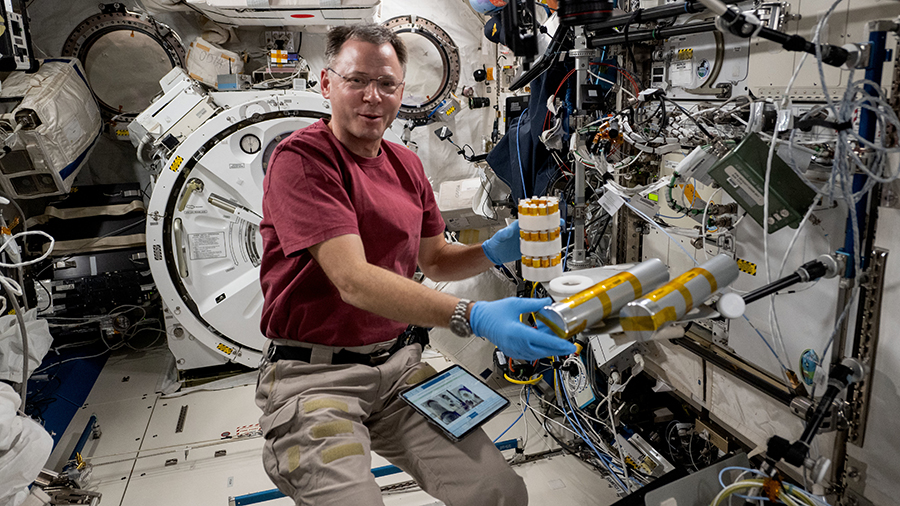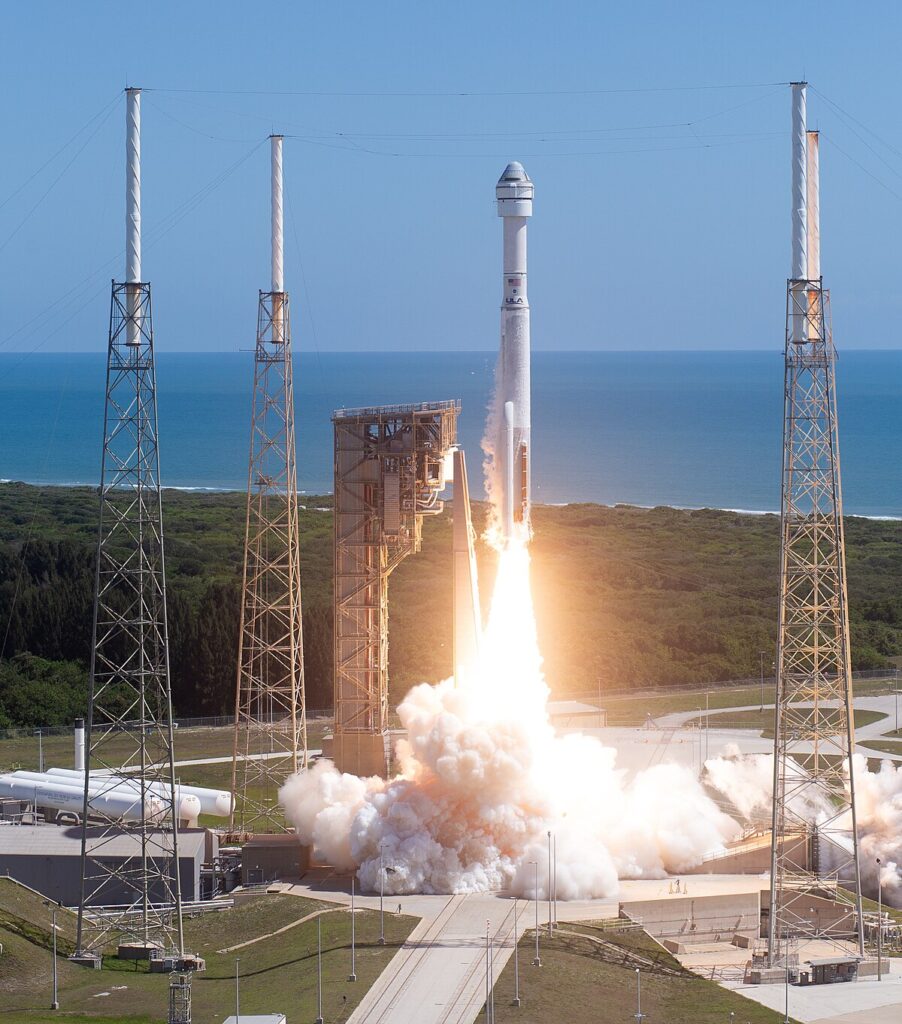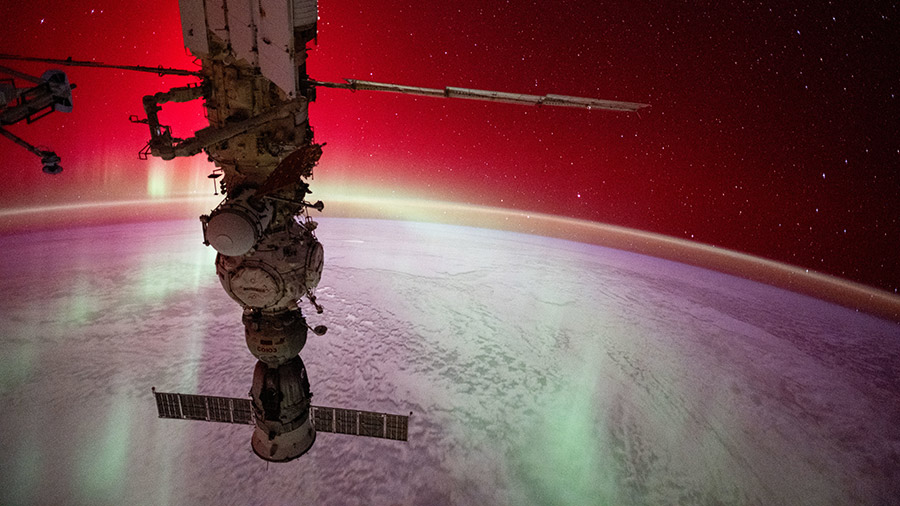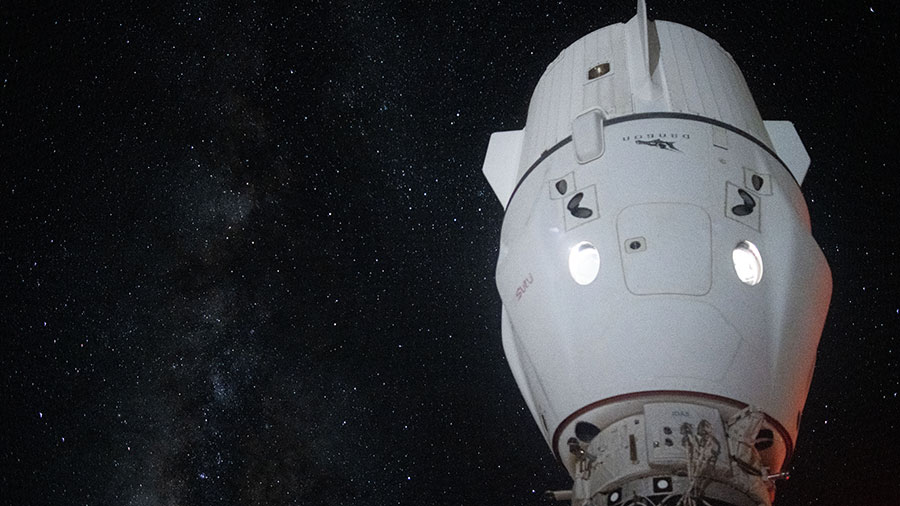
The Expedition 72 crew began activating new experiments on Thursday following a day of unpacking the SpaceX Dragon cargo spacecraft, installing new science gear, and stowing fresh research samples aboard the International Space Station.
Veteran Flight Engineer Don Pettit spent his shift on DNA research first collecting station water samples to examine for microbes. Next, he extracted DNA from the microbial samples and processed them for analysis and identification. Flight Engineer Nick Hague set up biology hardware inside the Kibo laboratory module’s Life Science Glovebox to illuminate space-caused inflammation changes in organisms. At the end of their shift, Pettit imaged Hague’s eyes using standard medical imaging hardware testing a hypothesis that a B Complex vitamin supplement may prevent space-caused vision issues.
NASA Flight Engineer Butch Wilmore worked in the Destiny laboratory module and installed new physics hardware in the Microgravity Science Glovebox that measures particle movements in fluids. The investigation takes advantage of the microgravity environment to learn how to separate viruses from biological fluids for disease detection. Commander Suni Williams activated mixing tubes containing proteins and bacteria for a set of student-designed NanoRacks Module-9 experiments promoting healthy crew members and encouraging future space researchers. Williams also worked on a variety of science maintenance tasks while continuing to unpack the Dragon spacecraft.
The Canadarm2 robotic arm is in position on the Harmony module to extract experimental hardware to measure the solar wind from the SpaceX Dragon cargo spacecraft’s trunk. Robotic engineers on the ground will remotely command the Canadarm2 and its fine-tuned Dextre robotic hand to gently remove the solar measurement gear from Dragon on Saturday. Then on Monday, the solar experiment will be installed on the port side of the orbital outpost’s Integrated Truss Structure where it will soon begin operations. CODEX, or Coronal Diagnostic Experiment, will use a coronagraph to filter out the sun’s bright light to reveal its outer atmosphere, or corona, and examine how solar wind forms.
Roscosmos Flight Engineer Ivan Vagner started his day servicing a 3D printer in the Nauka science module then completed his shift conducting photographic inspections of windows on the Zvezda service module. Cosmonauts Alexey Ovchinin and Aleksandr Gorbunov worked throughout Thursday maintaining Roscosmos electronics and life support systems.
Learn more about station activities by following the space station blog, @space_station and @ISS_Research on X, as well as the ISS Facebook and ISS Instagram accounts.
Get the latest from NASA delivered every week. Subscribe here: www.nasa.gov/subscribe




